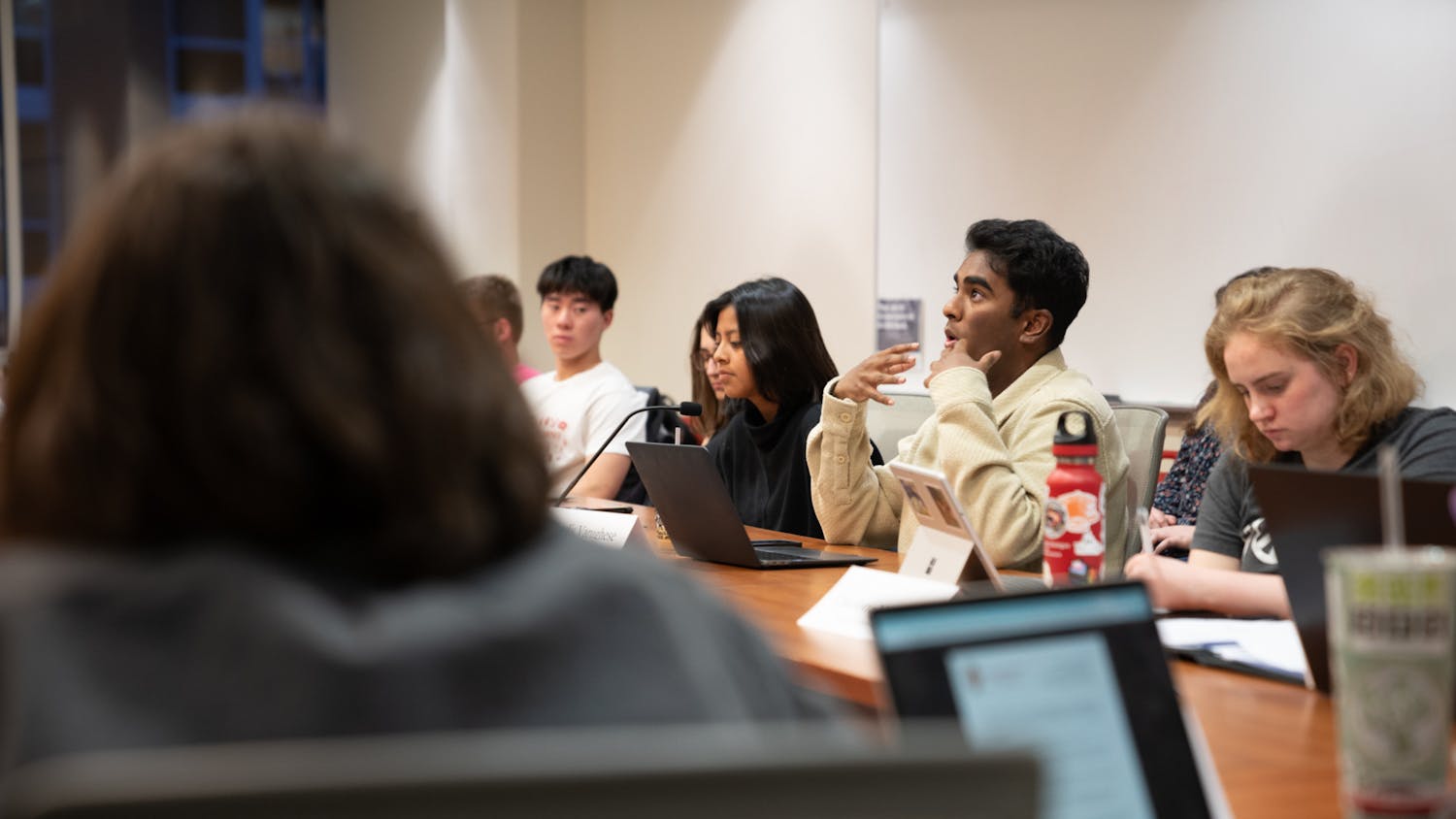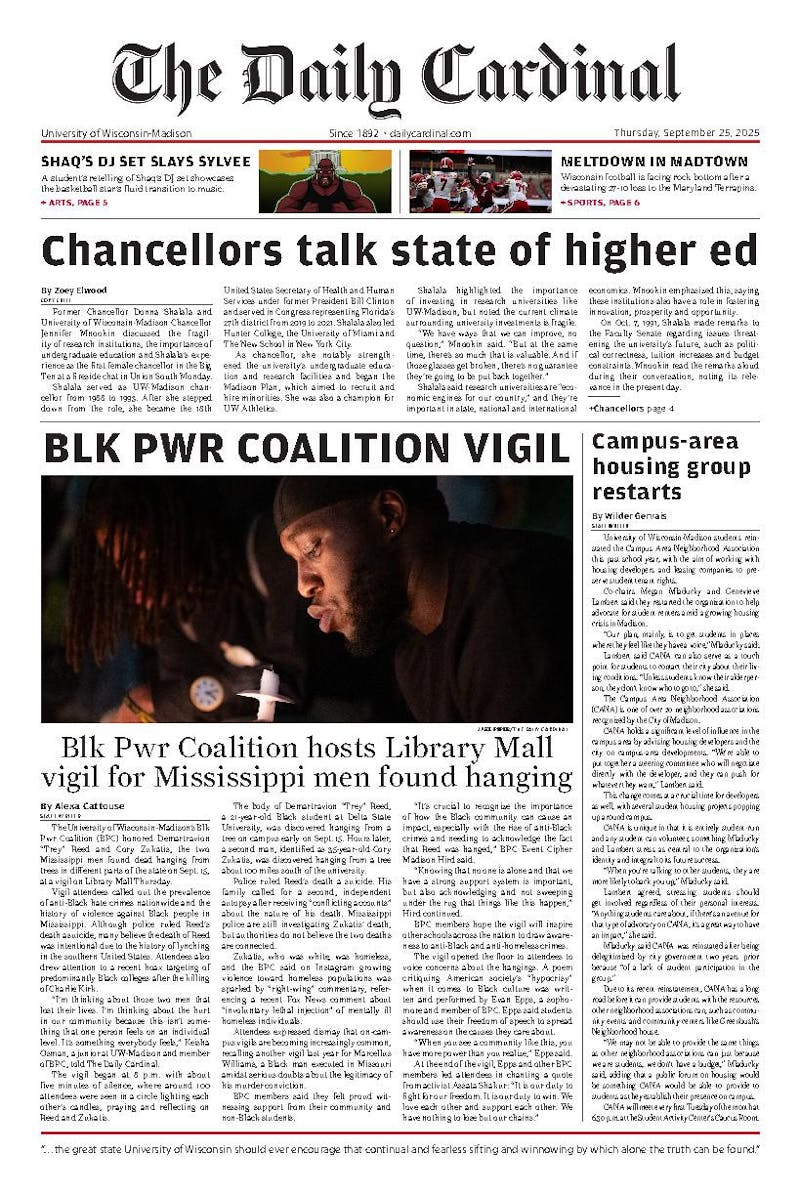Happy 150th birthday, Madison.
Since incorporated as a city in 1856, our capital has blossomed into a dynamic area filled with the working class, politicians and students. According to the 2000 census, Madison's population was more than 208,000—a dramatic increase since its beginnings as a village with population of 6,863.
Madison succeeds today partly because the outdoor opportunities distinguish us. Surrounded by lakes, the outdoor atmosphere is second-to-none. Bicycling Magazine named us the Best Cycling City\ last month. We have been named one of the 10 best places for outdoor activities, one of the 20 best walking cities and one of the 10 best places to live the athletic life.
Athletics permeate the entire city. Every football Saturday, Badger fans come together and tailgate on campus. Sports Illustrated on Campus named Camp Randall the best game day atmosphere. The University is also home to the 2005 men's cross country champions and the 2006 women's hockey title.
Madison is for the athletically and and intellectually driven among us. We consistently rank near the top of business rankings—one of 15 up-and-coming hubs for creative workers and one of the 10 best metros for business and careers.
Along with business comes innovation. Thanks to one of the top research institutions in the world, UW-Madison, our city will continue to flourish with innovation.
But despite our accolades, a growing Madison needs to confront urban sprawl or be consumed by those uninterested in upholding its rich history. In his inaugural address, Jairus Fiarchild, Madison's first Mayor said, ""We can fix no limit to our growth."" Some things might need to change in 150 years.
Beyond urban sprawl are issues like managing the University, creating an environmentally friendly city and updating the city with new technology for the next 150 years.
\





